How Forex Money Management Protects Currency Traders
Friday, November 6, 2009
If you consider Forex money management a boring distraction from the real fun of Forex trading, you've missed the whole point. Before you can make any real and consistent gains in the Forex, you must come to understand that money management is just as important as the trading part. One of the most essential ingredients of successful Forex trading is the unfailing use of money management techniques to minimize losses and protect your gains.
Before you even begin laying out money and making trades, you'll want to decide on a set of Forex money management guidelines. Placing bets without any kind of safety net is irresponsible toward yourself and your family.
Successful traders recommend that you start small and gain a gut-level grasp of the markets before moving on to bigger bets. Hoping for a big score right at the beginning is the mark of a casino gambler, not an investor.
The best advice:
Keep your risk, right from the beginning, at about one percent or less of your total equity on any one trade. Keeping your risk low, in the one percent range, protects you if disaster strikes and you have a string of losses. You could actually survive 20 consecutive bad trades and still have 80 percent of your equity remaining. Taking tiny little one percent baby steps may seem boring, but it certainly beats being wiped out by a run of adverse trades. It will ensure that you're still around to invest next week, next month and next year. It also helps you safely build confidence, judgment and experience.
Many new Forex traders ask how much they should put into their trading account. The surest and wisest advice is never, ever bet your rent or grocery money. In other words, only use money you can afford to lose. Yes, I know that in your special case there aren't going to be any losses, and you're in a big hurry to make it big. But long experience says it's not going to happen that way for you either. If you were to lose everything you invest, would you and your family still eat okay? Would you still be in your home, or would you have to move into your brother-in-law's basement? Just think about this, okay?
It's important for you to know about the four stops. These are standard (and very wise) ways to prevent losses from ravaging your finances as you begin trading the Forex markets. You or your broker can use one or more of these four stops to protect your money.
1. Equity Stop
This stop lets you decide beforehand how much you're prepared to risk on a single trade, and you won't risk anything beyond that percentage. A beginner may set the equity stop to one or two percent. Once you've gained considerable experience, you might eventually raise this to five percent, but never forget that at the 5% level, ten consecutive bad trades (not impossible) could wipe out half of your account.
Downside: This stop makes no allowance for positive fluctuations. The protection is strong, but if you never vary from it, you may miss out on some of the more profitable trades. When you're a newbie, the safety net it provides while you're learning is more important than any gains you might miss while you'e learning.
2. Chart Stop
The trading charts that technical analysis provides can be accurate indicators of market movements. Technically minded traders who live, eat and breathe mathematics and probabilities often love chart stops. But the smart ones don't get reckless. They also include equity stops in their calculations.
Downside: Generating charts and analyzing them can take significant time for newbies. This is time in which the market has moved on, leaving all that beautifully charted data a little (or a lot) outdated.
3. Volatility Stop
Related to the chart stop but more complex, this one assigns risk values according to volatility rather than price action. Until you're experienced in Forex trading, it's best to leave this difficult technique to your broker. It's based on subtle and sophisticated evaluations of high versus low volatility of currency pairs and assigns greater or lesser risk to each market situation.
Downside: Demands steady, unflinching nerves and a great deal of experience.
4. Margin Stop
With the Margin Stop you're deciding beforehand that you'll get out of any trade before you're out of money. If you have ,000 in your account, setting your margin to 0 means you'll trade with the top textarea,500 but if your losses ever reach that amount, you'll close your position and preserve that last 0.
Downside: It's hard to find a downside to the Margin Stop. You keep control of your account, even when using an account manager.
Forex money management is essential when trading in the currency markets. And these stops are important backup measures to be used in tandem with your own patience, caution and growing judgment to minimize losses while maximizing your gains








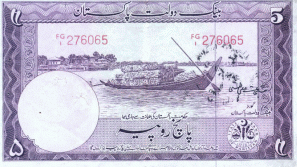
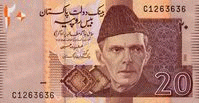
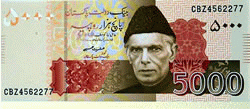


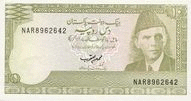







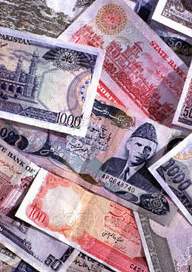
0 comments: to “ How Forex Money Management Protects Currency Traders ”
Post a Comment